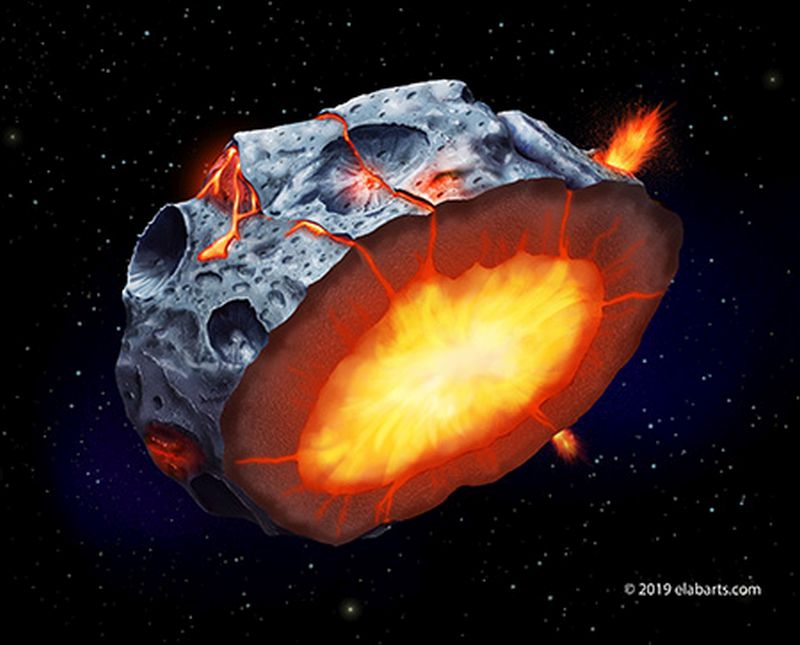Imagine a time in the Solar System’s past, when the asteroids were not solid rock, but blobs of molten iron. It sounds strange, but that may have been the case. And in the right conditions, some of those asteroids would have sprouted volcanoes. One of those asteroids, Psyche, is the destination for a NASA mission.
Continue reading “Metal Asteroid Psyche Might Have Had Volcanoes of Molten Iron”Rivers on Mars Flowed for More Than a Billion Years
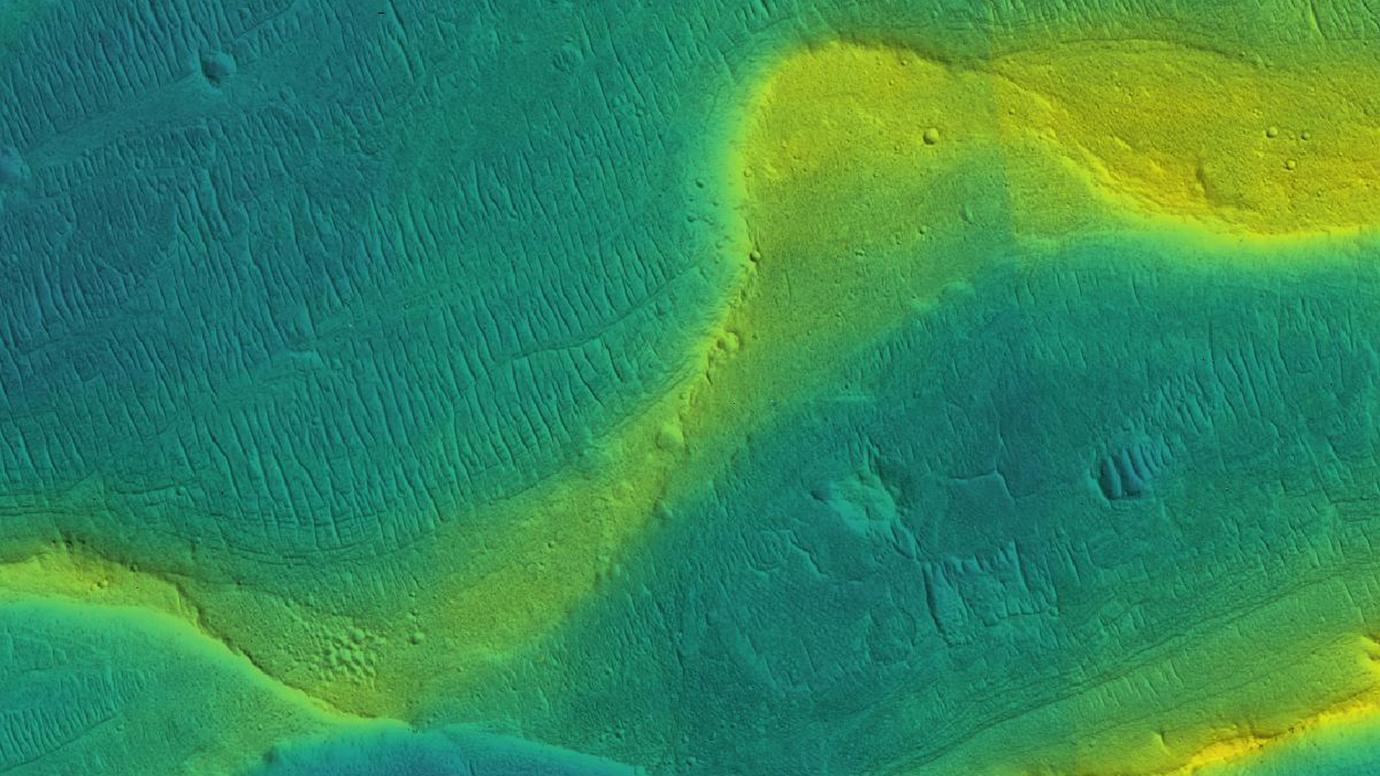
The ancient climate of Mars is a mystery to scientists. Even with all we’ve learned about Mars, it’s still difficult to explain how lakes and rivers existed. A new study shows that Martian rivers were swollen with runoff and that they flowed far later into the planet’s history than previously thought.
The question is, how did the Martian climate create these conditions?
Continue reading “Rivers on Mars Flowed for More Than a Billion Years”New Ring of Dust Discovered in the Inner Solar System
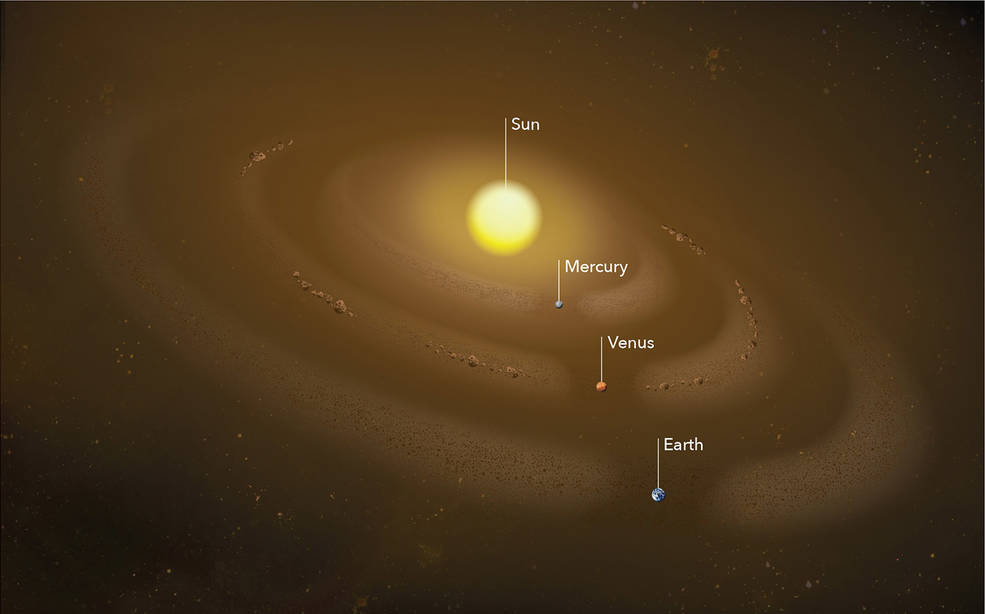
Discovering new things in space is a regular occurrence. Astronomers keep finding more distant objects in the outer reaches of the Solar System. Worlds like ‘The Goblin,’ ‘FarOut,’ and ‘FarFarOut‘ are stretching the limits of what our Solar System actually is.
But finding new things in the inner Solar System is rare.
Continue reading “New Ring of Dust Discovered in the Inner Solar System”Massive Photons Could Explain Dark Matter, But Don’t
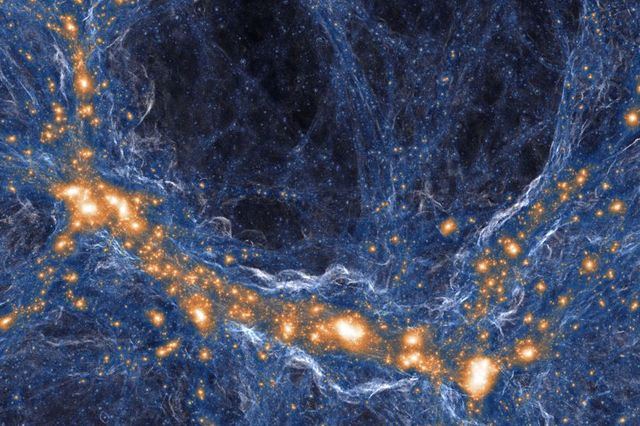
I’ll be the first to admit that we don’t understand dark matter. We do know for sure that something funny is going on at large scales in the universe (“large” here meaning at least as big as galaxies). In short, the numbers just aren’t adding up. For example, when we look at a galaxy and count up all the hot glowing bits like stars and gas and dust, we get a certain mass. When we use any other technique at all to measure the mass, we get a much higher number. So the natural conclusion is that not all the matter in the universe is all hot and glowy. Maybe some if it is, you know, dark.
But hold on. First we should check our math. Are we sure we’re not just getting some physics wrong?
Continue reading “Massive Photons Could Explain Dark Matter, But Don’t”You’re in This Picture. It’s a Selfie Taken by SpaceIL’s Beresheet Lunar Lander on its Way to the Moon
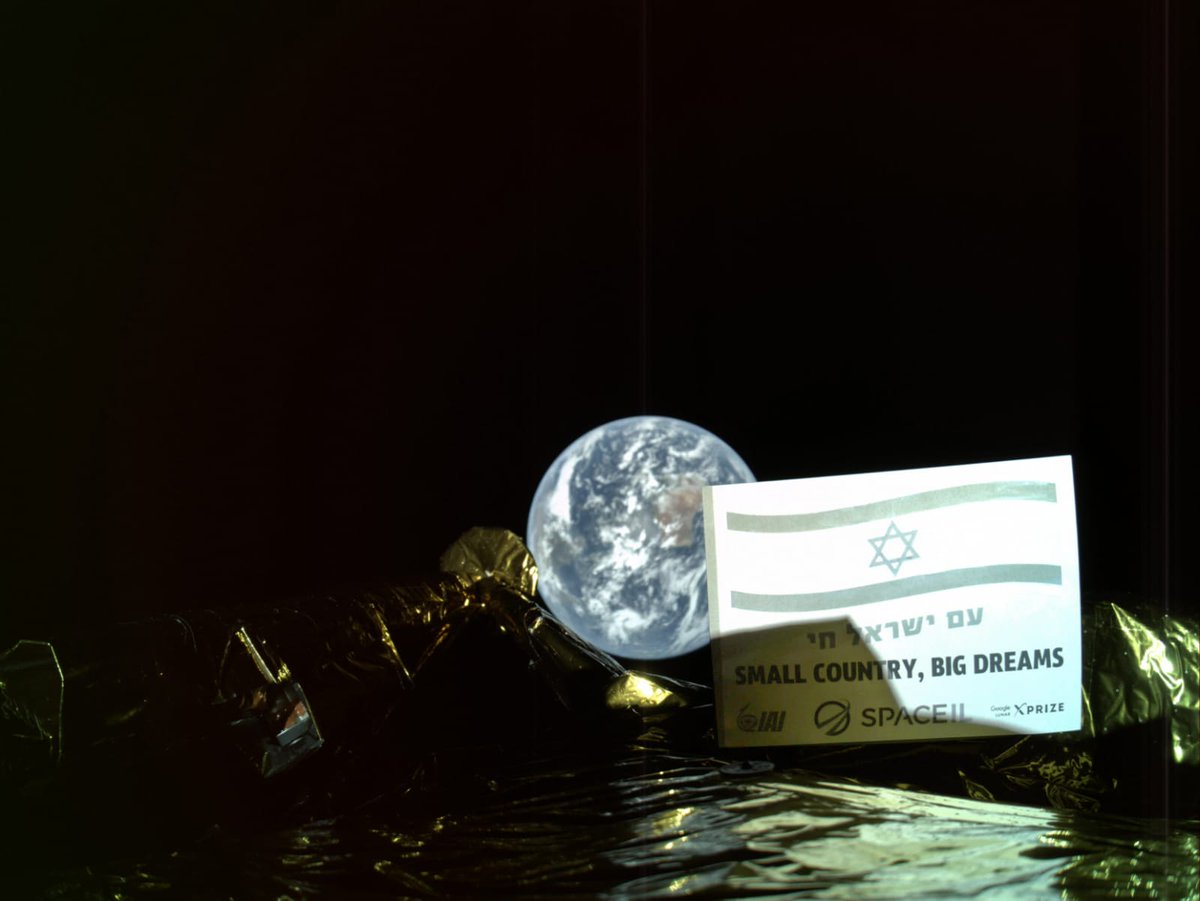
Israel’s space program doesn’t get a lot of headlines. Israel itself is in the news a lot, but usually for other reasons. But they do have a space program, and right now they have a lander, called Beresheet, on the way to the Moon.
Continue reading “You’re in This Picture. It’s a Selfie Taken by SpaceIL’s Beresheet Lunar Lander on its Way to the Moon”InSight’s Rock-hammer is About Half a Meter Down and has Already Run into Rocks.
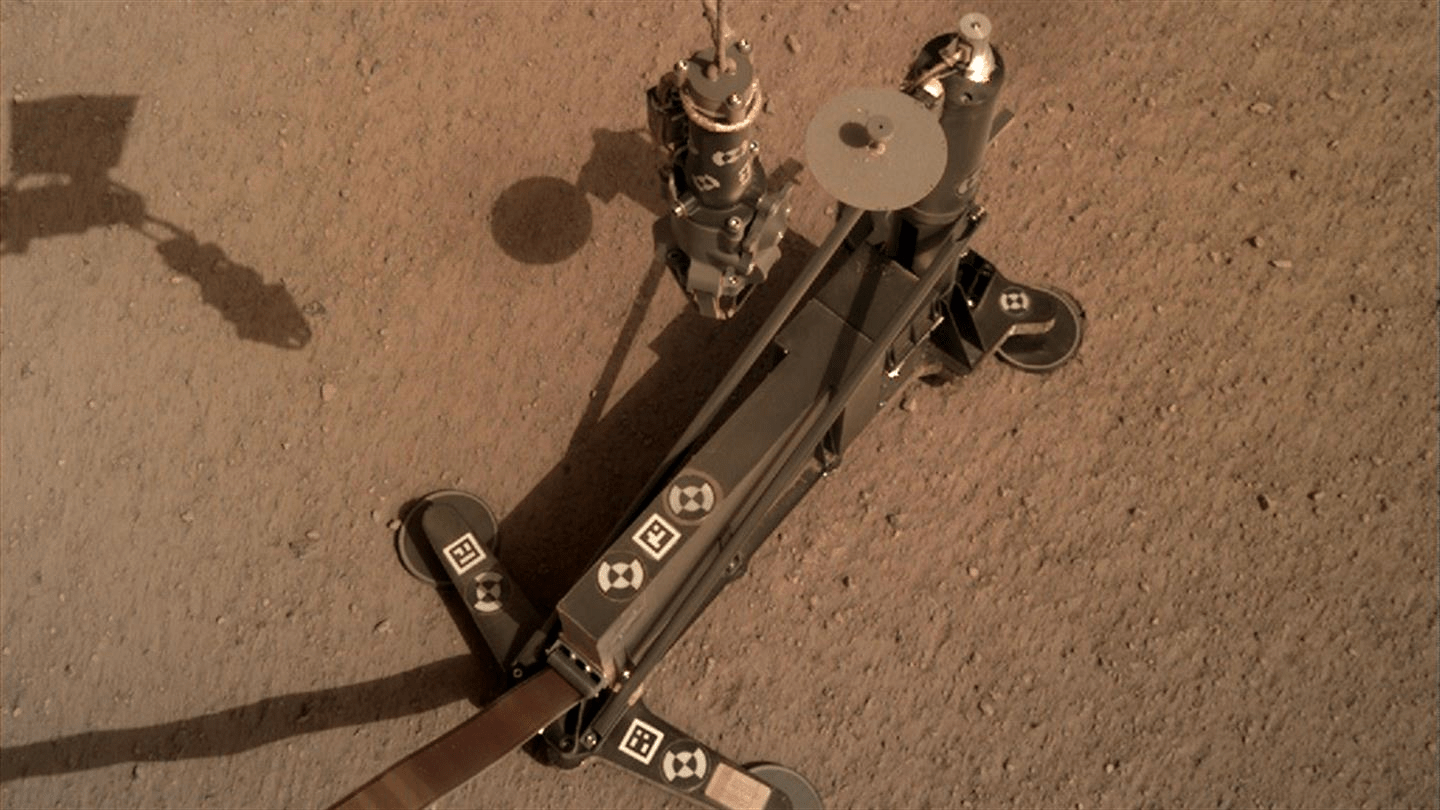
NASA’s InSight lander is busy deploying its Heat Flow and Physical Properties Package (HP3) into the Martian soil and has encountered some resistance. The German Aerospace Center (DLR), who designed and built the HP3 as part of the InSight mission, has announced that the instrument has hit not one, but two rocks in the sub-surface. For now the HP3 is in a resting phase, and it’s not clear what will happen next.
Continue reading “InSight’s Rock-hammer is About Half a Meter Down and has Already Run into Rocks.”Massive Volcanic Eruptions 66 Million Years Ago Happened Almost Exactly When the Dinosaurs Died Off
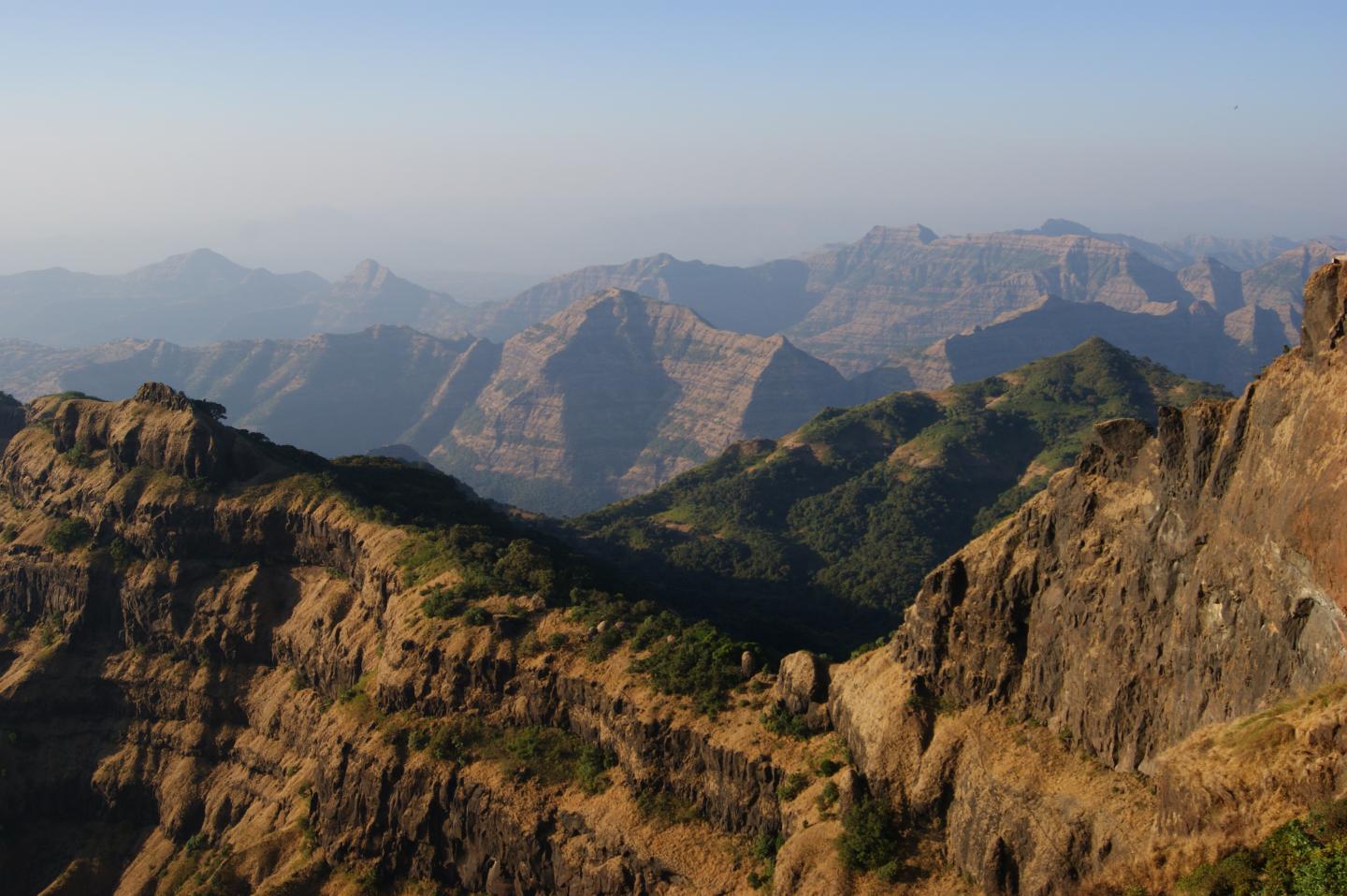
Everyone knows an asteroid strike wiped out the dinosaurs, right? Lots of evidence shows that the Chicxulub impact event had terrible consequences for the dinosaurs. But the picture is a little more complicated than that. Extreme volcanic activity may have contributed to the extinction.
Continue reading “Massive Volcanic Eruptions 66 Million Years Ago Happened Almost Exactly When the Dinosaurs Died Off”Meet WFIRST, The Space Telescope with the Power of 100 Hubbles
WFIRST ain’t your grandma’s space telescope. Despite having the same size mirror as the surprisingly reliable Hubble Space Telescope, clocking in at 2.4 meters across, this puppy will pack a punch with a gigantic 300 megapixel camera, enabling it to snap a single image with an area a hundred times greater than the Hubble.
With that fantastic camera and the addition of one of the most sensitive coronagraphs ever made – letting it block out distant starlight on a star-by-star basis – this next-generation telescope will uncover some of the deepest mysteries of the cosmos.
Oh, and also find about a million exoplanets.
Continue reading “Meet WFIRST, The Space Telescope with the Power of 100 Hubbles”This is a Dust Devil… on Mars
We live in a time when our spacecraft orbiting Mars at an altitude of about 300 km. can snap photos of a dust devil and transmit them back to us so we can share them on the internet. Not only that, but we have rovers wandering around on the surface taking pictures of the dust storms, too. Big deal, you say? So what, you say?
You’re dead inside.
Continue reading “This is a Dust Devil… on Mars”This Star Has Been Going Nova Every Year, for Millions of Years
A nova star is like a vampire that siphons gas from its binary partner. As it does so, the gas is compressed and heated, and eventually it explodes. The remnant gas shell from that explosion expands outward and is lit up by the stars at the center of it all. Most of these novae explode about once every 10 years.
But now astrophysicists have discovered one remnant so large that the star that created it must have been erupting yearly for millions of years.
Continue reading “This Star Has Been Going Nova Every Year, for Millions of Years”
